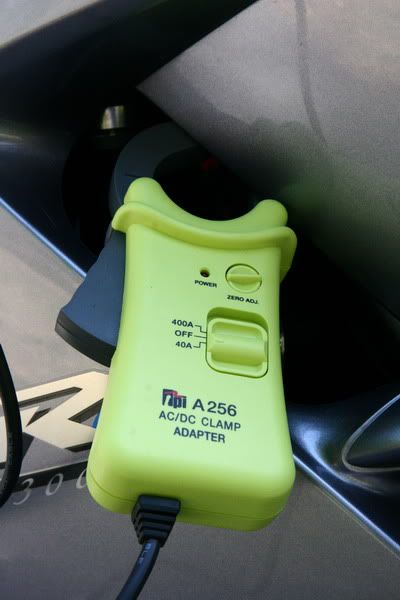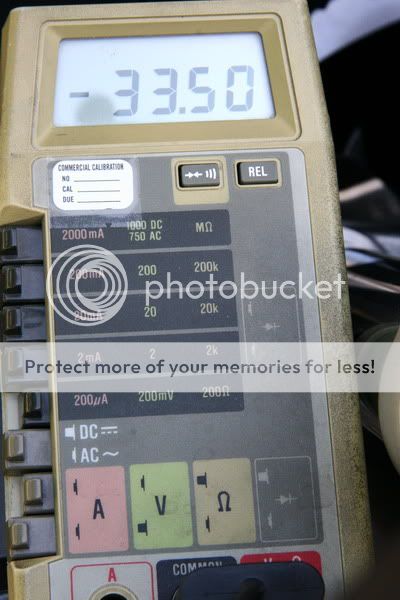RobertB
Member
I picked up a 2005 FJR about 6 months ago with 8500 miles. I've had problems, from time to time, starting the bike since I bought it. Bike has less than 15000 miles on it now. I've read the many threads about this common issue, and replaced the battery, cleaned all the connections etc, but still have problems. (Battery has been load tested). This bike's starter just seems slower than the Gen 2 I had. And sometimes won't start at all when the engine is at operating temp, until it sits for a while. It has also been slow to start when sitting out in cold weather. When I say slow, I mean the starter turns slowly, as if the battery is on its last leg.
One thing I've seemed to have discovered, is that the bike seems to start properly if I crack the throttle just slightly before pushing the start button. Is there some connection to the starter system and another component....TPS, ECU or FI??? Or is this just my imagination?
Any help would be appreciated.
One thing I've seemed to have discovered, is that the bike seems to start properly if I crack the throttle just slightly before pushing the start button. Is there some connection to the starter system and another component....TPS, ECU or FI??? Or is this just my imagination?
Any help would be appreciated.





